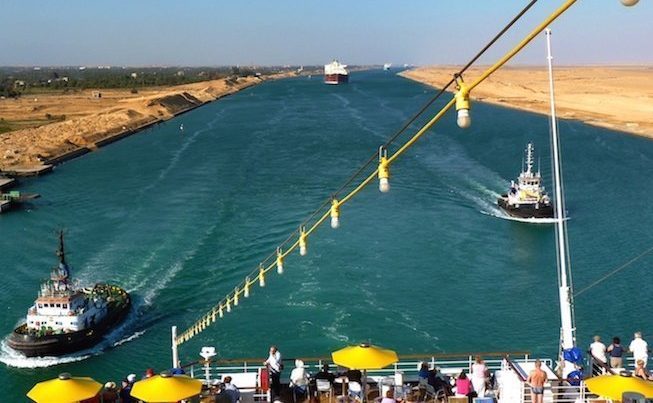Egypt’s Suez Canal Authority (SCA) agreed with a Chinese shipbuilder to build five tugboats and the contract will be signed very soon, SCA Chairman Osama Rabie told Xinhua.
Without mentioning the name of the Chinese company, Rabie noted that each of the five tugs will be with a bollard pull of 80 tonnes.
“We have already agreed with the Chinese company that the first tug will be delivered to Egypt in 14 months, the second in 20 months and all the five tugs will have been delivered in three years,” Rabie told Xinhua on Monday, following a ceremony held in the northeastern Ismailia province to mark the recent arrival of a giant dredger to the SCA.
“It is possible that we will cooperate with China in building bigger tugboats,” Rabie added, voicing his confidence in the prospects of cooperation between the SCA and China.
“In fact, the Chinese are so cooperative with us,” the SCA chief told Xinhua, noting that Chinese companies are the first to present their offers in the tenders and projects launched by the SCA.
In late March, the massive Panama-flagged container ship Ever Given was successfully refloated after being stranded in the Suez Canal for almost a week, thanks to cooperation between the SCA and the Dutch firm Boskalis as well as its emergency response team SMIT Salvage.
Rabie noted that the SCA is upgrading its fleets of dredgers and tugboats, not only to ease navigation in the Suez Canal but also to prepare for rescue operations inside and outside the SCA.
For his part, Mostafa Kenawy, head of the dredging department at the SCA, said that besides the five tugs to be built in China, most of the spare parts at SCA workshops are “made in China.”
“We have deep cooperation with China and we’re about to hold a tender for building a new hopper dredger, and Chinese companies are welcome to present their offers,” the SCA official told Xinhua in an interview aboard the newly received dredger.
Linking the Mediterranean Sea with the Red Sea, the Suez Canal was officially opened for international navigation in late 1869, serving as a major lifeline for global seaborne trade as it allows ships to travel between Europe and South Asia without navigating around Africa.
